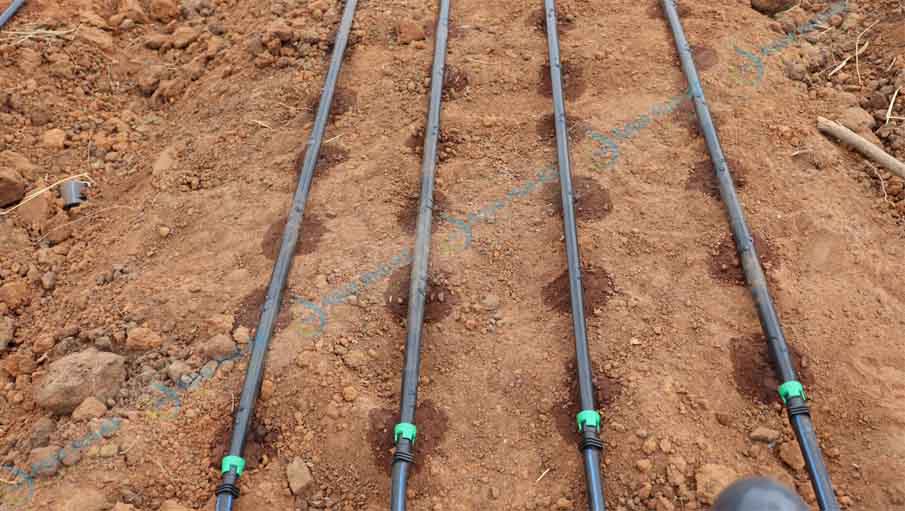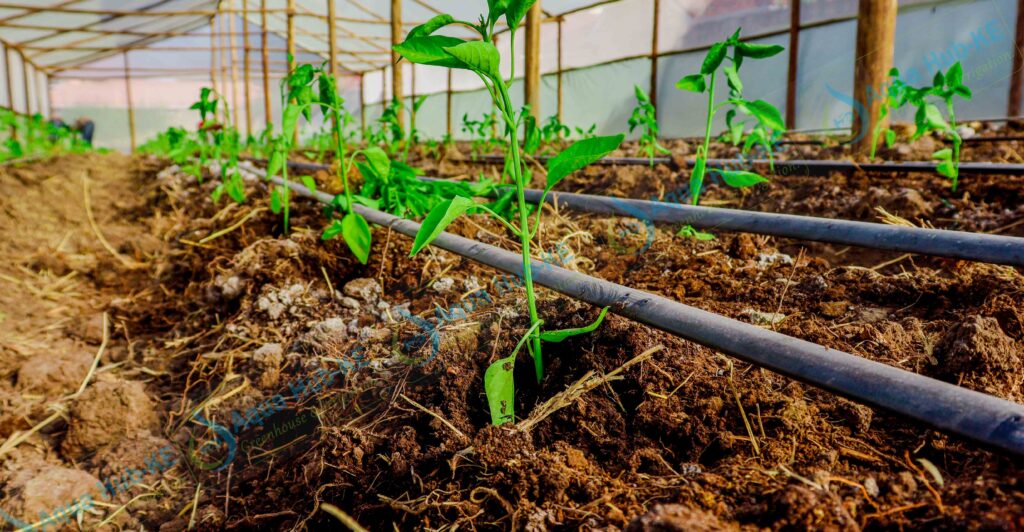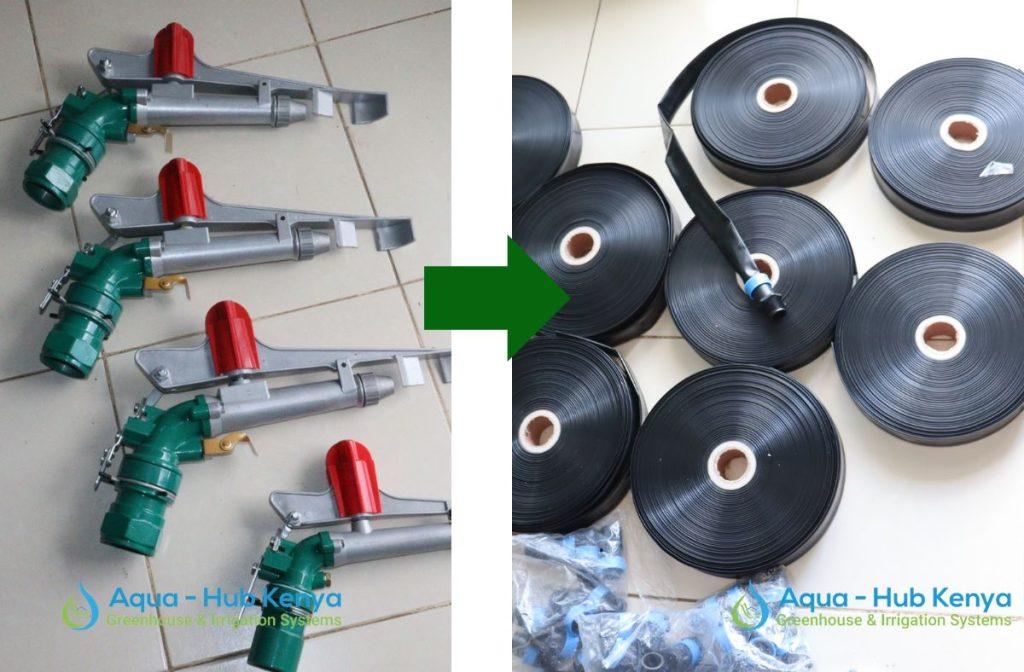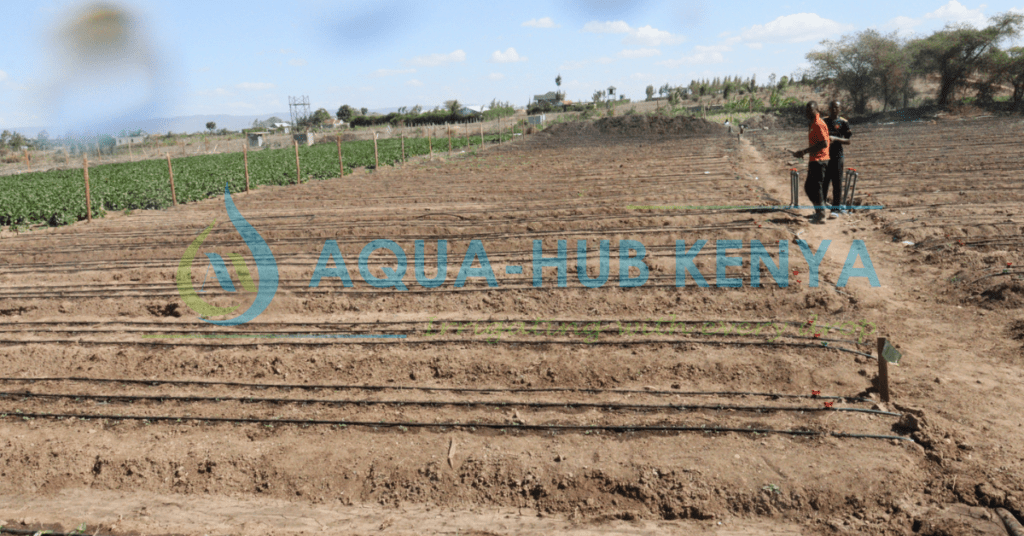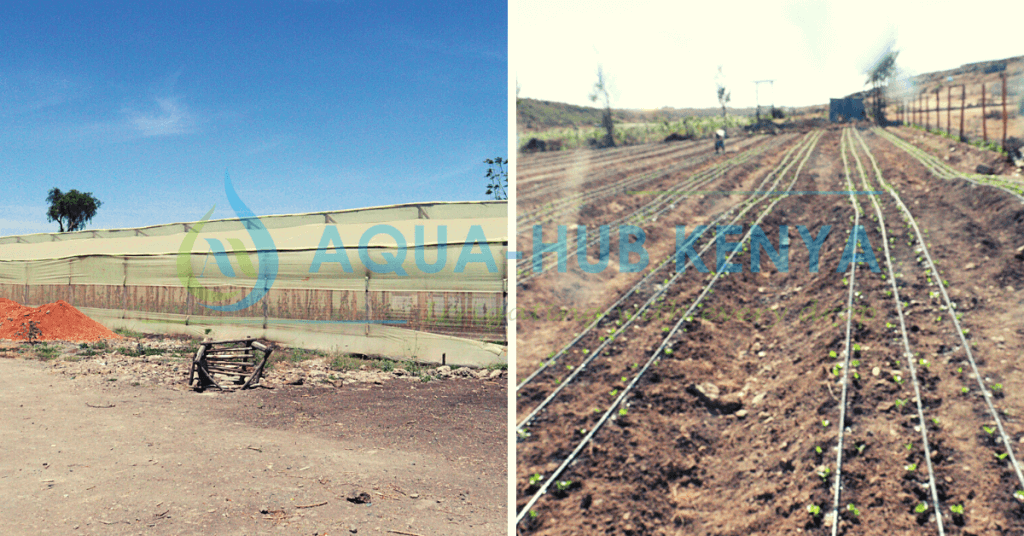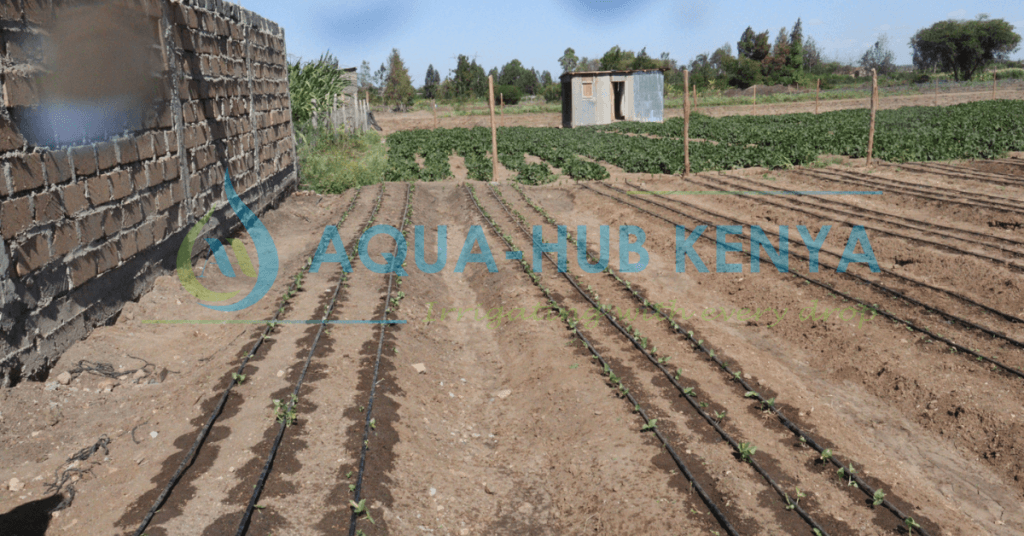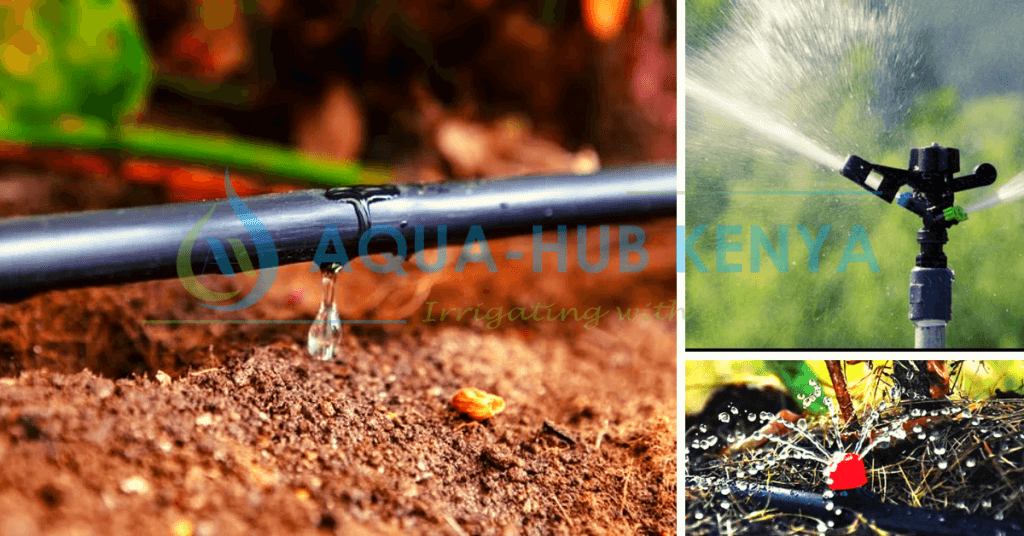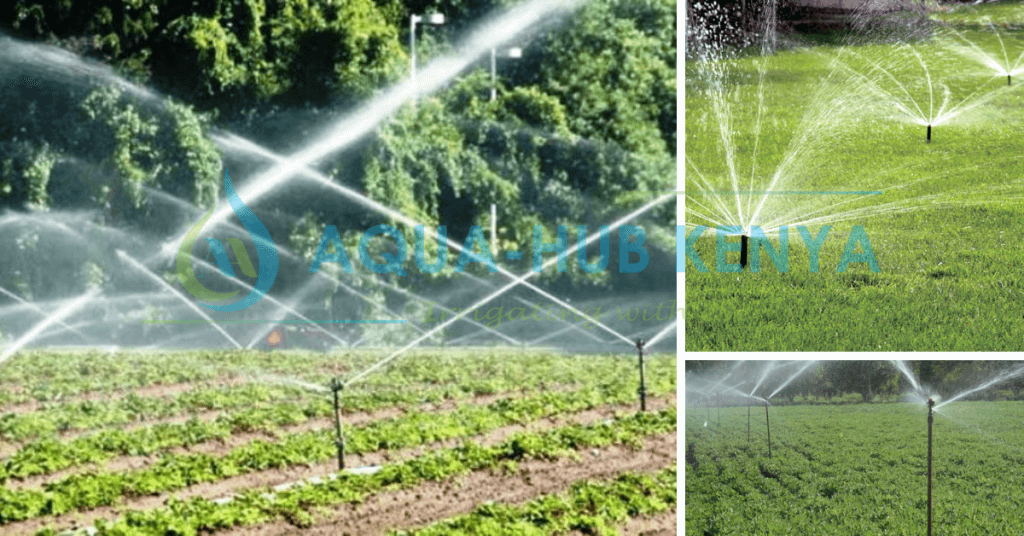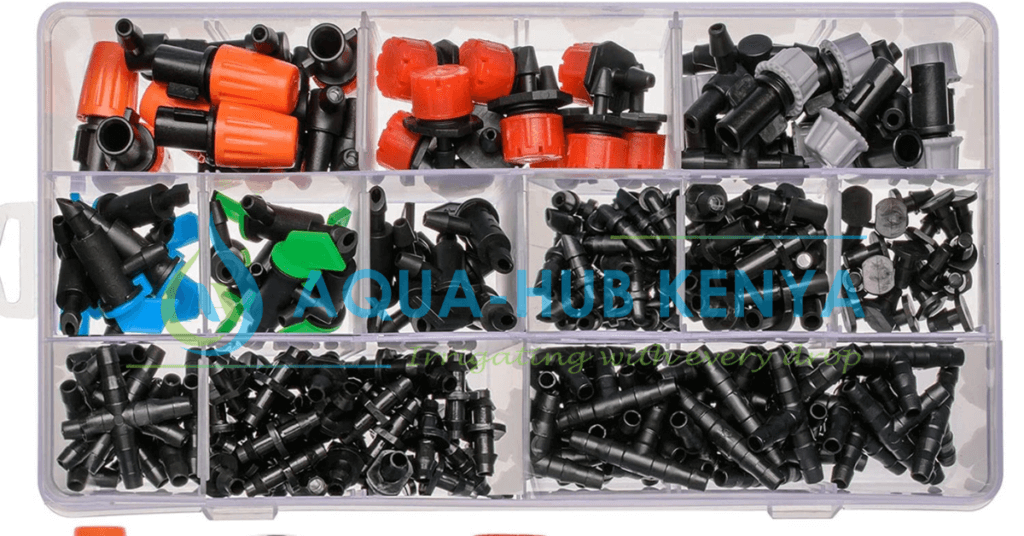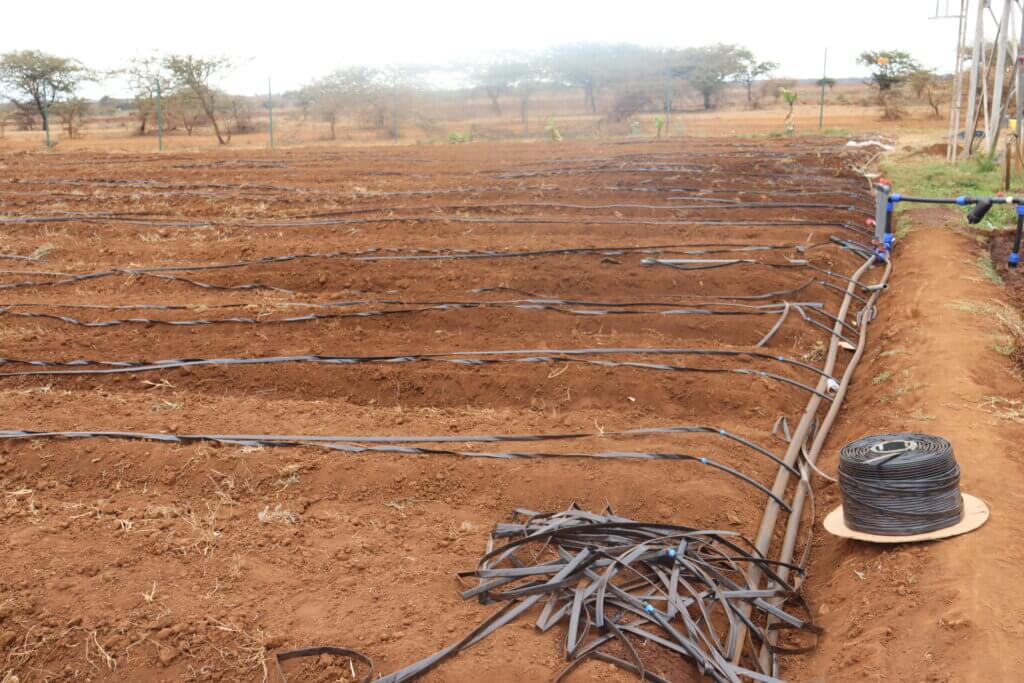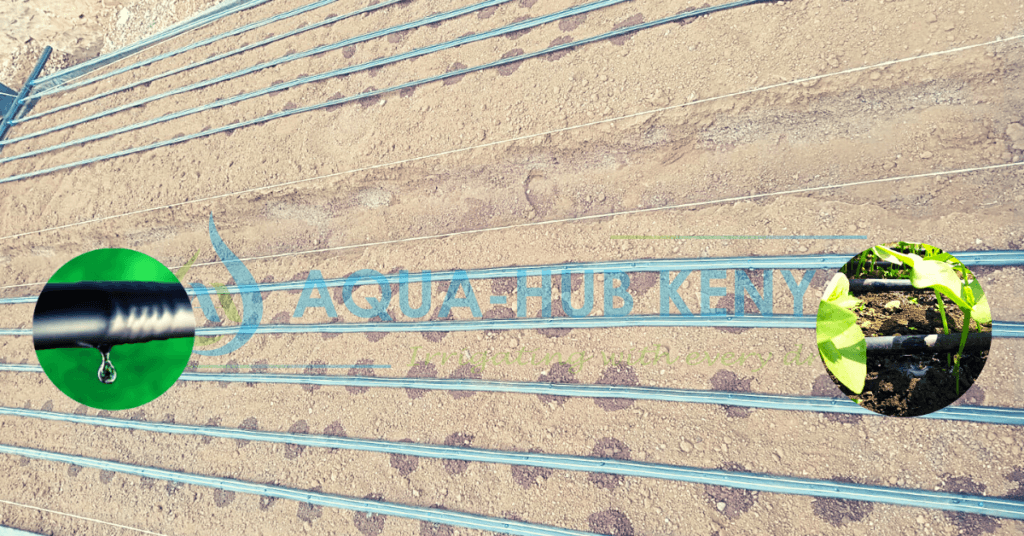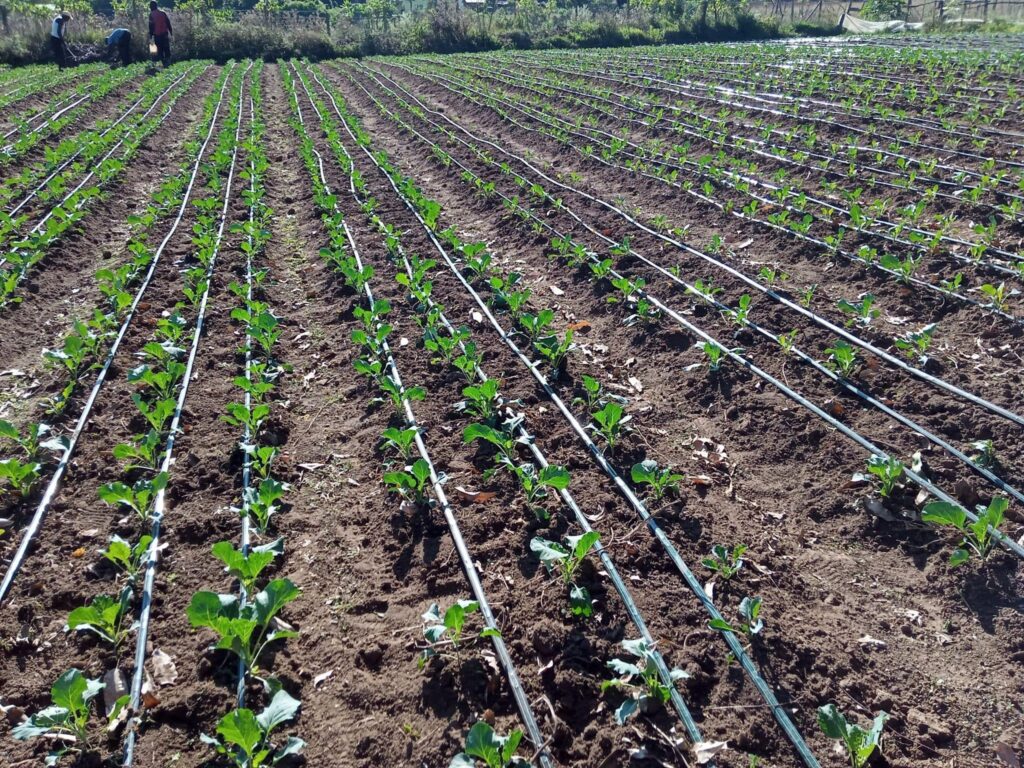Drip irrigation in Kenya
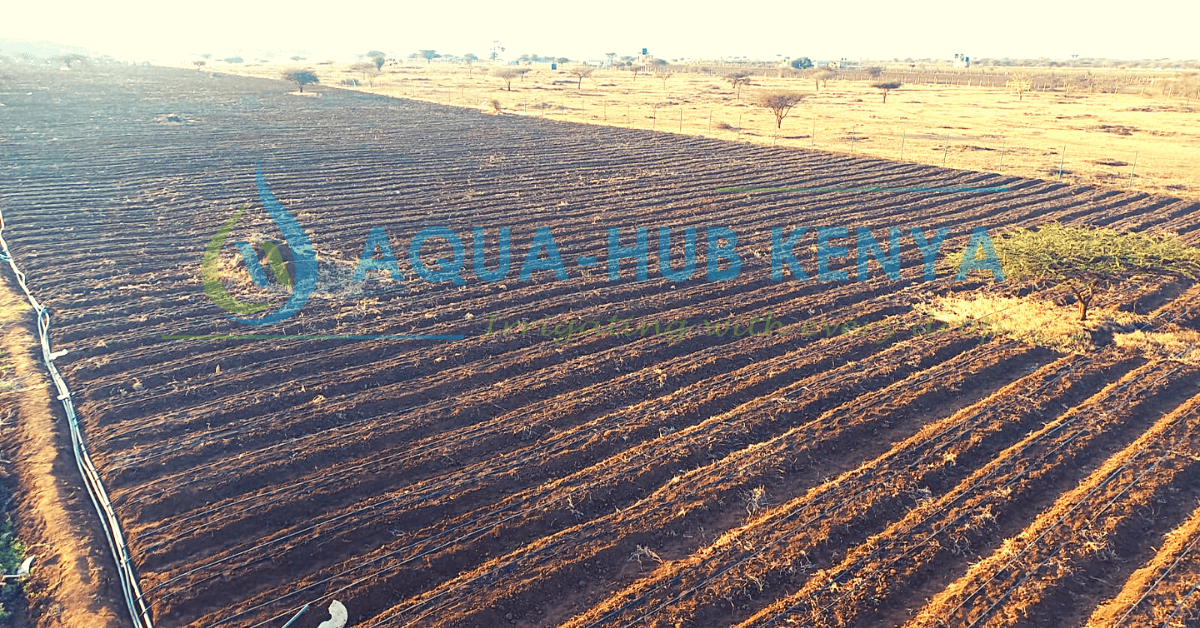
Several farmers are adopted Drip irrigation in Kenya. This is a result of their realization of the high efficacy of this irrigation technique. The technique aids in both water saving and yield improvement for farmers. Drip irrigation uses 30 to 50% less water than spray irrigation while increasing crop productivity by more than 30%. Additionally, it might save you time and faults in fruits and vegetables. Farms, commercial greenhouses, and backyard gardens all employ drip irrigation. In locations with severe water shortages, drip irrigation is widely used, particularly for crops and plants such containerized landscape trees, tomatoes, grapes, bananas, eggplant, citrus, strawberries, and sugarcane.
What is drip irrigation in Kenya?
Drip irrigation, also known as trickle irrigation, involves pouring water onto the soil at very low rates (2-20 liters/hour) through a network of small diameter plastic pipes fitted with emitters or drippers. Water is administered close to plants, wetting only the soil in which the roots grow, as opposed to surface and sprinkler irrigation, which wets the entire soil profile. Drip irrigation water treatments are more frequent (often every 1-3 days) than other systems, resulting in a very beneficial high moisture content in the soil where plants can thrive.
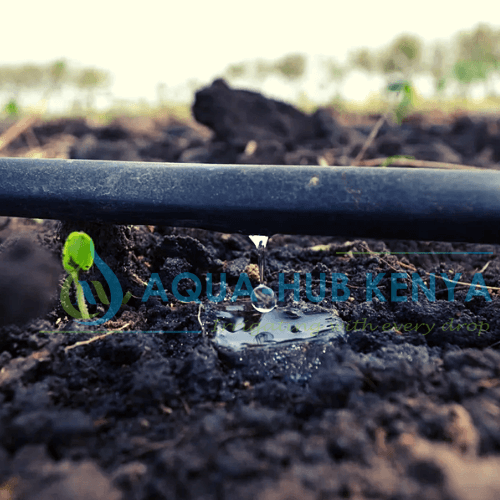
Why do farmers prefer drip irrigation?
In addition to providing a higher return on investment (ROI) than other irrigation techniques, drip irrigation also offers farmers a quick and easy way to manage their fields.
When using drip irrigation, farmers may be sure of:
- Yields of higher quality throughout time.
- Massive water savings because there is no evaporation, runoff, or waste.
- Drip irrigation uses all available land to its full potential, regardless of topography or soil type.
- It operates with minimal water pressure, saving energy.
- Efficient application of fertilizer and leaching-free crop protection
- Less reliance on the weather, more stability, and fewer dangers.
Why is drip irrigation ideal for plants?
Crops can only develop when they receive a steady and balanced supply of water. Drip irrigation ensures ideal growing conditions that contribute to the maximum yields possible by applying water and fertilizers often and in small dosages.
Why drip irrigation makes plants more productive is as follows:
- High availability of nutrients and water
- Water and nutrient dosages that are specifically adapted to the needs of plants.
- Good soil aeration and no saturation
- Prevents high salinity brought on by excessive fertilizer use.
- No foliage should be wetted because this can lead to fungus illnesses.
What are the types of crops suitable for drip irrigation?
- Orchard Crops: Grapes, Banana, Pomegranate, Orange, Citrus, Mango, Lemon, Custard Apple, Sapota, Guava, Pineapple, Coconut, Cashewnut, Papaya, Aonla, Litchi, Watermelon, Muskmelon etc.
- Vegetables: Tomato, Chilly, Capsicum, Cabbage, Cauliflower, Onion, Okra, Brinjal, Bitter Gourd, Ridge Gourd, Cucumber, Peas, Spinach, Pumpkin etc.
- Cash Crops: Sugarcane, Cotton. Arecanut, Strawberry etc.
- Flowers: Rose, Carnation, Gerbera, Anthurium, Orchids, Jasmine, Dahilia, Marigold etc.
- Plantation: Tea, Rubber, Coffee, Coconut etc.
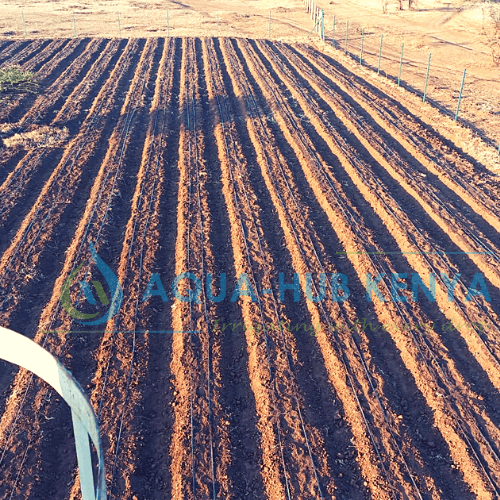
How drip irrigation ensures water conservation
- Application consistency for drip irrigation is quite high—generally over 90%.
- Drip irrigation, as opposed to sprinklers, irrigates the soil directly, preventing water loss due to wind.
- Water may be spoon-fed to the crop or plant root zone in the exact amounts needed because application rates are modest (even on a daily or hourly basis). Other techniques, however, require more water to be applied and less often. When young plants require regular irrigation, a large portion of the water provided is typically lost to runoff or deep percolation.
- Low application rates are less likely to wash away on sloping terrain or heavy soils.
- Drip irrigation does not irrigate non-targeted areas such as agricultural furrows and roads, greenhouse beds, blocks, or benches, or hardscape, buildings, or roadways.
- Drip irrigation easily adapts to odd-shaped planting areas that sprinklers or gravity irrigation cannot solve.
- Drip irrigation can germinate seeds and establish transplants, eliminating the requirement for “sprinklering up” and the waste that results in the early stages of crop growth.

